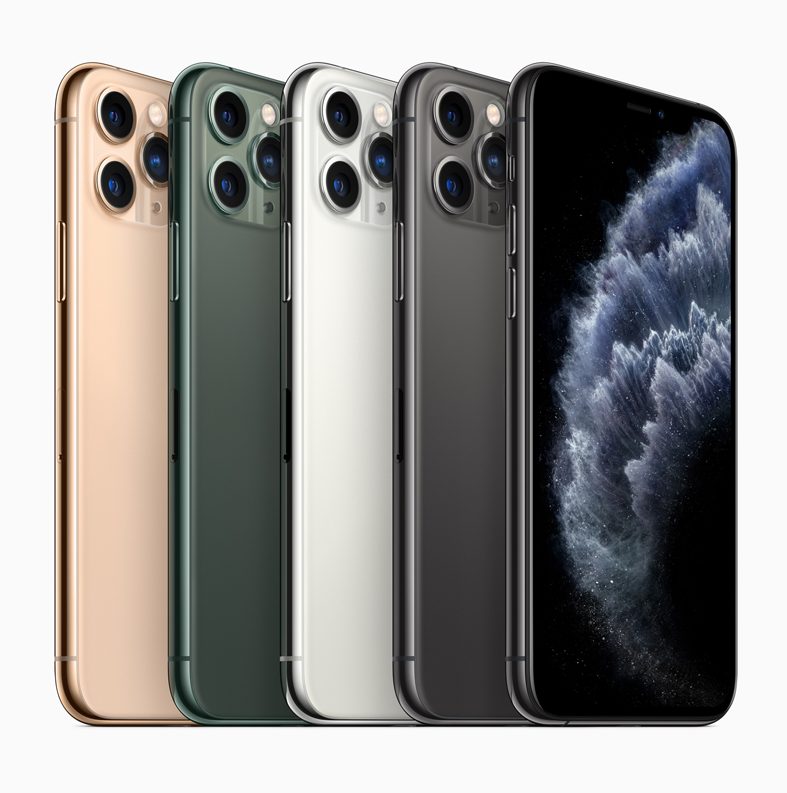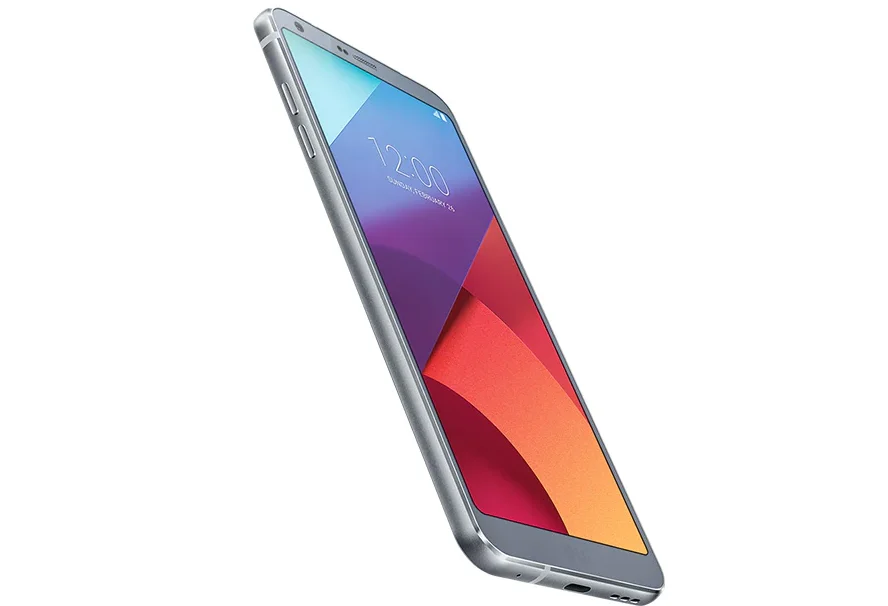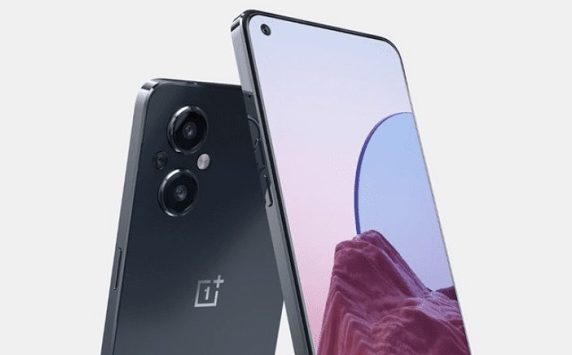In the world of mobile phones, there are many options to choose from. While the iPhone and Samsung Galaxy S9+ are a few of the most popular, there are several newer options that you may not have considered. Whether you are looking for the best phone to record vlogs or just want to learn more about a specific model, there are some great features to look for.
Samsung Galaxy S9+
If you’re a vlogger, Samsung’s Galaxy S9+ is a great option. While it doesn’t offer as many features as other phones, it has a number of useful options. For example, it’s the best phone for vlogging because of its excellent camera.
With its dual-aperture rear camera, the Galaxy S9 can shoot photos in low light. However, it doesn’t perform as well with dark content.

The Galaxy S9+ also shoots 4K video at a stable 30fps. It can also record slow-motion in 720p at 960fps. If you’re a serious vlogger, you’ll probably want to invest in a camera that can shoot in super slow-motion.
One feature of the S9+ that’s worth mentioning is the fingerprint reader. You can enrol the phone with your fingerprint through a process that requires two to three swipes. It’s not a fingerprint scanner in the traditional sense, though.
Another important feature of the Galaxy S9+ is the screen. Its 6.2-inch, edge-to-edge display is brighter than last year’s model. Despite this, the screen doesn’t have a polarized lens. You can also use the phone’s Edge panel to launch shortcuts and apps.
The Galaxy S9+’s dual-aperture rear camera can capture both wide and telephoto shots. The camera’s 8-megapixel f/1.7 sensor also takes nice pictures in low light. The Pixel 2 XL’s camera isn’t as good as the S9+’s, but it does have better HDR results.
The Galaxy S9+’s display is the best on the market. It delivers more than 220 percent of SRGB color gamut. It can also ramp up brightness to cut reflections in sunlight. The display’s average colour accuracy Delta E score is 1.94. It won DisplayMate’s top honors.
iPhone 11 Pro Max
If you want to shoot a high-quality video for vlogging, the iPhone 11 Pro Max is the best smartphone for the job. It has a dual-lens camera, cinematic video stabilization and a larger focal plane. This allows you to record smooth, crisp footage with a wide field of view.
In addition to the aforementioned, the smartphone has a lot more to offer. It features an edge-to-edge display and an A13 Bionic chip for an unprecedented leap in battery life.
The phone is also durable and dust resistant. This feature is very important for a vlogging device.

The iPhone also has a built-in 4K video recording capability. That is the best video resolution you can get from a smartphone. You should look for a phone with a larger mAh battery to get the longest battery life.
The camera is excellent and the dual-lens system is a real improvement over a single-lens camera. Besides, the dual-lens setup produces images with an augmented field of view.
Another important feature of the iPhone 11 is the ability to zoom between three cameras. This means you can take better images in low light situations.
The video quality is great and you can even remove a background. If you want a more compact camera, you can go with the iPhone SE. This model has a user-friendly body and a dual-lens camera.
With the best vlogging phone, you’ll be able to make better videos and be more creative. You’ll have a bright and colorful display and a good battery life. It’s also easy to hold. The iPhone has a thin overall profile. It’s a good choice if you don’t want to use a gimbal.
LG G6
If you’re looking for a smartphone with a wide variety of features and the ability to shoot high-quality video, the LG G6 should be your top choice. While it doesn’t have a headphone jack or quad DAC, it’s still one of the best flagship phones available, and it’s less than $300 on Amazon.
LG G6’s screen has a large diagonal with an 18:9 aspect ratio. Its full-HD display offers a lot of detail and depth. It’s also HDR-supported, and LG has a wide colour gamut for accurate colours. Its super-slim bezels mean you can browse the web without losing a lot of screen space.

The LG G6 also has IP68 dust and water resistance, which means it should withstand dunking down to one metre for 30 minutes. It comes with a wind noise filter and full manual video controls. You can use the burst mode to capture fast moving objects.
The LG G6 has a USB Type-C port. You can connect a USB-On-The-Go cable for easy data transfer. The phone supports PMA wireless charging, and it has Bluetooth 4.2. It is powered by an octa-core Qualcomm processor.
You can also add a microSD card up to 2TB for additional storage. The device also includes GPS and an NFC chip. It’s powered by an Android Nougat operating system, and you can add Google Assistant.
The LG G6 is undoubtedly the best phone LG has ever made. Its design is one of the most beautiful. The phone’s fingerprint scanner sits at the ideal place, making it easy to access even when you’re holding it in your hand.
The LG G6 isn’t the only device to have this kind of screen, but it is the first to have a wide colour gamut. Its Quad HD panel is able to split into two squares in landscape mode, allowing easier multitasking.
OnePlus Nord CE2 Lite
The OnePlus Nord CE2 Lite is an affordable mid-range phone from OnePlus. It is the latest entry in the growing line-up of budget-oriented options. While it may not be the most powerful phone, it does offer impressive specifications and a decent price. But despite its strong performance, a few flaws keep it from being the perfect Vlogging smartphone. Here’s a look at some of the most notable ones.
The main camera is powered by Sony’s IMX 766 sensor. It can record photos with great clarity and detail. It takes pictures in good lighting conditions. The secondary camera is also usable. It has an 8 MP ultra-wide sensor. It takes portrait photos and has a bokeh mode.

The display isn’t the best, but it’s still decent. It has Gorilla Glass 5 protection.
Battery life is good. The OnePlus Nord CE 2 Lite can last for a day and a half with normal use. It also has 33W fast charging capability. It can charge from empty to 50% in just 30 minutes.
The audio quality is good. The speaker and earphones sound crisp. It has a headphone jack, which is a big plus. However, the handset lacks wireless charging and reverse charging capabilities. It has mono speakers instead of a stereo set-up.
The phone is 8.5mm thick and is made from plastic. The design is slick. It doesn’t have a USB-C port. It also doesn’t have an IP rating for water resistance. It’s available from OnePlus or Amazon in Europe, but not in North America.
The OnePlus Nord CE2 Lite offers a reasonable display, a solid battery, and a good camera. But it’s not an ideal choice for those who want to take photos with professional quality.
Huawei Mate 20 Pro
If you’re a serious vlogger, the Huawei Mate 20 Pro is the phone for you. It’s packed with modern flagship smartphone features, and has an unrivaled camera. You can also take advantage of an incredibly cool feature that’s only found on the Mate 20: Nano Memory.
The screen on the Mate 20 is super-sharp. It’s a 19.5:9 aspect ratio and uses a curved screen. It also has a super-simple, yet cool, gesture-based interface. It’s a lot easier to use on a tall phone than the standard navigation bar. It also has a cool color temperature customization option.
Another cool feature on the Mate 20 is the in-screen fingerprint scanner. It’s not perfect at recognizing your fingerprints, though. This is a great way to unlock your device, and it has the added bonus of saving battery life.

One feature that might interest you is the dual-view video recording capability. It’s something that was announced at launch, but isn’t available right away. The system automatically detects scenes and applies filters, resulting in more appealing blurring effects.
The telephoto lens on the Mate 20 Pro is a decent 8MP sensor with a f/2.4 aperture. The main camera on the Mate 20 Pro is a 40MP sensor with a f/1.8 aperture. It’s a lot better than the megapixel count on most other phones, and it’s got a full IP68 water and dust resistance rating.
The front camera on the Mate 20 Pro is an excellent 24MP sensor with a f/2.0 aperture. It’s also got AI face beauty and 3D portrait lighting.
The Kirin 980 processor is a big improvement over the Kirin 970, and it makes the Mate 20 Pro run smoothly. The phone also comes with an adapter and USB Type-C earbuds.




